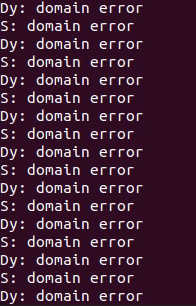Hi @Greg_Ward,
I am using the newset version 05eb231c and rcrop is a good substitute for pcompos.
https://discourse.radiance-online.org/t/calibration-of-hdr-image/5848/4?u=lee
But there maybe a minor mistake about the coordinates of the beginning point. It should be like this:
pcompos -x $DIM_CROP -y $DIM_CROP -h - -$OFFSET_X -$OFFSET_Y
which is equal to
rcrop $OFFSET_R $OFFSET_X $DIM_CROP $DIM_CROP
And $OFFSET_R is $ORIG_Y_DIM - $OFFSET_Y - $DIM_CROP.
Besides, another problem occured when I tried the following commands which is related to this post:
This command can not calculate the illuminance of the HDR image.
pcomb -e "lo=L*Sang*cosCor;L=179*li(1);Sang=S(1);cosCor=Dy(1);" -o ${q}_mc.hdr | pvalue -d -b -h -H | total

However, the same script can be carried out in other versions of Radiance like 1af5566f and before it. So I installed two versions of Radiance and used them separately as ordinary user or root user. It is not convenient and easy to make errors.
I hope you can find and fix some unknown problems about the updated version 05eb231c. Thanks a lot!